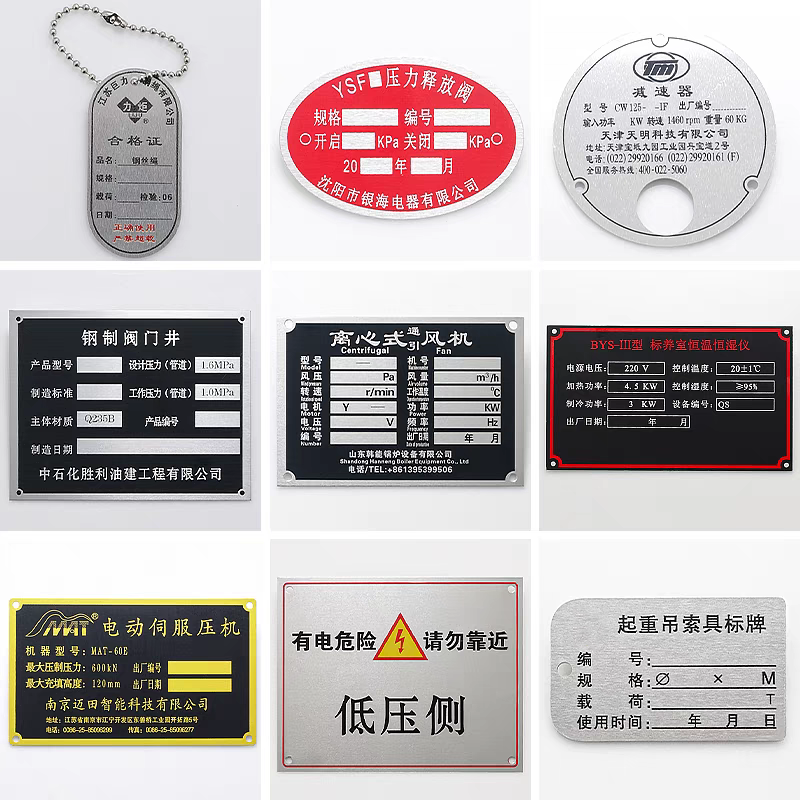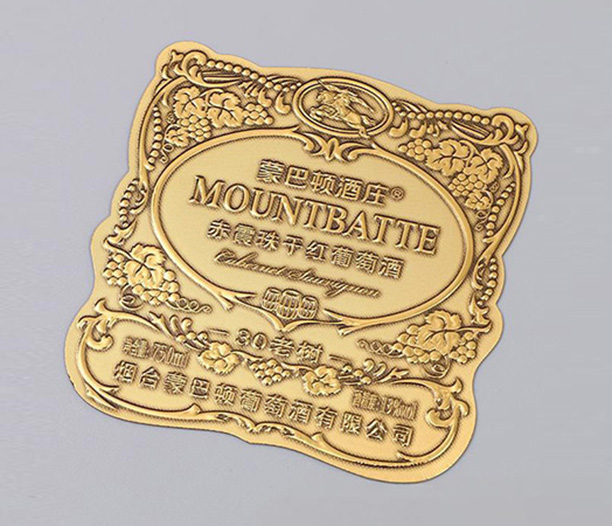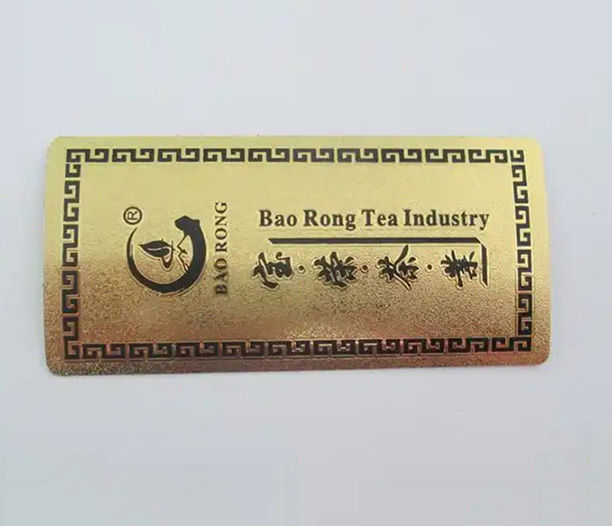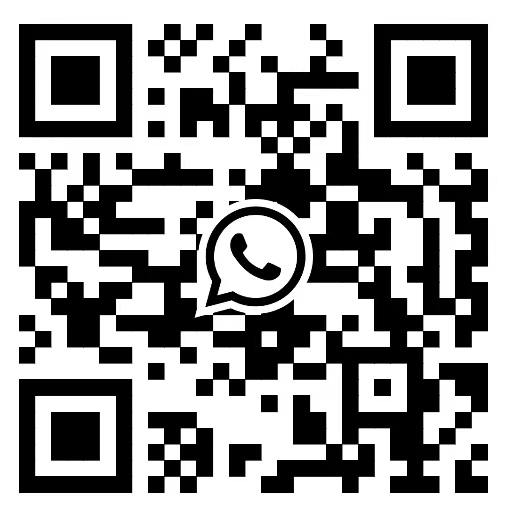In a world filled with disposable items and fleeting digital messages, there's something profoundly permanent and trustworthy about a solid, well-made brass tag. These small metal plates carry a weight of authority, history, and reliability. Whether you're marking equipment in a factory, creating a custom gift, or identifying key components in a complex machine, brass tags for engraving offer an unbeatable combination of classic aesthetics and rugged functionality. But what makes them such a persistent and popular choice across so many industries and personal projects?
This deep dive explores the enduring appeal of brass tags, their vast applications, and the critical considerations for getting your custom engraving just right.

Why Brass? The Unmatched Appeal of a Classic Material
Brass, an alloy of copper and zinc, has been used for centuries for everything from coins to musical instruments. Its suitability for tags and nameplates isn't accidental; it's a result of several inherent properties that make it a superior material.
Corrosion Resistance: Unlike plain steel, brass is highly resistant to rust and corrosion. This makes engraved brass tags ideal for use in harsh environments, including marine applications, outdoor machinery, and industrial settings where moisture, chemicals, or temperature fluctuations are common.
Durability and Strength: Brass is a tough metal. It can withstand significant wear and tear, ensuring that the information engraved on it—be it a serial number, an address, or a name—remains legible for years, even decades.
Excellent Engraving Surface: The relatively soft yet firm nature of brass makes it a perfect candidate for engraving. It allows for clean, sharp, and precise cuts, whether done by a machine or by a skilled hand. The resulting markings are deep and resistant to fading or abrasion.
Inherently Professional Appearance: Brass possesses a warm, gold-like hue that conveys quality, tradition, and importance. A polished brass nameplate on a piece of equipment or on an office door instantly elevates its perceived value and authority.
Where Are Engraved Brass Tags Used? Applications Abound
The versatility of custom brass tags is remarkable. They serve critical functional roles across numerous sectors while also finding a place in personal and artistic endeavors.
Industrial and Commercial Uses:
Asset Identification: Factories, warehouses, and laboratories use brass asset tags to track equipment, tools, and machinery with unique serial numbers or barcodes.
Electrical and Plumbing: Brass tags for engraving are non-sparking and non-magnetic, making them safe for use on electrical panels, circuit breakers, and plumbing systems to provide crucial voltage, pressure, or flow information.
Manufacturing and Machinery: As data plates, they display model numbers, safety warnings, manufacturer details, and operating instructions on heavy machinery.
Aerospace and Military: The durability and permanence of engraved brass are essential for component identification in these high-stakes industries.
Personal and Decorative Uses:
Pet ID Tags: A classic choice for dog and cat tags, brass is durable enough to withstand daily wear while clearly displaying the pet's name and owner's contact number.
Custom Gifts and Awards: From personalized keychains and luggage tags to commemorative plaques for retirement or achievement, engraved brass gifts carry a sense of timeless value.
Property Marking: Homeowners use them to mark mailboxes, garden tools, or other valuable property with their address.
Artisanal Crafts: Jewelry makers and other artisans incorporate small brass tags into their designs for a rustic, industrial, or vintage feel.

The Engraving Process: Bringing Your Brass Tag to Life
The true value of a blank brass tag is realized only through engraving. This process physically removes material to create permanent, recessed markings. There are two primary methods:
Mechanical Engraving: This traditional method uses a rotating cutting tool or a diamond-drag stylus to carve into the metal's surface. It produces very deep, tactile, and highly durable marks. For industrial brass tags that need to survive tough conditions, deep mechanical engraving is often the best choice.
Laser Engraving: A more modern approach, laser engraving uses a high-powered laser beam to vaporize the metal surface, creating precise and incredibly detailed marks. It is perfect for complex logos, fine text, and serialized data. The finish is typically clean and sharp.
Before ordering your custom brass tags, it's crucial to have your artwork or text prepared in a vector format (like .AI or .EPS). This ensures that the engraving is sharp, accurate, and exactly as you envisioned.
Designing Your Custom Brass Tags: Key Considerations
When planning your order for brass tags for engraving, think about the following aspects to ensure they perfectly meet your needs:
Finish: Do you want a polished, mirror-like shine? A satin (brushed) finish for a more subdued look? Or perhaps an antique finish, which is treated to give it an aged, patina appearance? The finish can dramatically affect the final look.
Thickness (Gauge): The thickness of the brass sheet determines its rigidity and durability. Thinner tags are more flexible and cost-effective for lightweight applications, while thicker tags are rigid and better suited for heavy-duty, permanent mounting.
Holes and Edges: Consider how the tag will be attached. Do you need mounting holes? If so, how many and what size? You can also choose between standard rounded corners or sharp square corners based on your aesthetic preference and safety requirements.
Engraving Fill: While the natural look is the polished brass colour showing through the engraved grooves, you can opt for a filled engraving. This involves filling the engraved areas with a coloured enamel paint (like black, white, or red) to create a high-contrast, highly legible finish. This is especially useful for warning labels or data that needs to be read quickly.
Caring for Your Engraved Brass Tags
One of the charming characteristics of brass is that it develops a patina over time—a natural darkening or tarnishing that many find desirable for its vintage character. However, if you wish to maintain the original bright, golden shine, regular cleaning with a mild brass polish and a soft cloth is all that's required. The engraved areas may accumulate dirt or polish, but a soft-bristled brush can easily clean them out, keeping the information crisp and clear.
Frequently Asked Questions (FAQ)
Q1: Are brass tags for engraving suitable for outdoor use?
A1: Yes, absolutely. Brass is highly resistant to corrosion and rust, making it an excellent choice for outdoor applications. Its durability ensures that the engraving remains legible even when exposed to rain, sun, and temperature changes for many years.
Q2: What is the difference between etched and engraved brass tags?
A2: Engraving is a physical process that cuts into the metal, creating deep, tactile grooves. Etching (often chemical or laser) removes a much thinner layer of the surface. Engraving is generally considered more durable and permanent, especially for tags that will face abrasion or harsh conditions. For most industrial and permanent identification needs, engraved brass tags are the preferred option.
Q3: Can you engrave logos or complex graphics on brass tags?
A3: Yes, particularly with laser engraving technology. Laser engravers can reproduce highly detailed images, including company logos, QR codes, and intricate graphics, with exceptional precision. It is essential to provide a high-resolution vector file of the graphic to ensure a clean and accurate result.
Q4: How long does it typically take to receive custom brass tags?
A4: The production time can vary depending on the complexity of the order and the supplier's workload. Simple, standard tags may be shipped within a few business days, while large, complex custom orders with multiple design elements might take one to three weeks. Always check with your manufacturer for an accurate timeline.
Q5: What is the advantage of having the engraving filled with paint?
A5: Paint filling, also known as enamel filling, significantly enhances the readability of the engraved text or graphics. By filling the recessed areas with a contrasting colour (like black on polished brass), you create a high-visibility effect that is easy to read from a distance and in low-light conditions. This is a common practice for safety labels, serial number plates, and any application where maximum legibility is critical.






